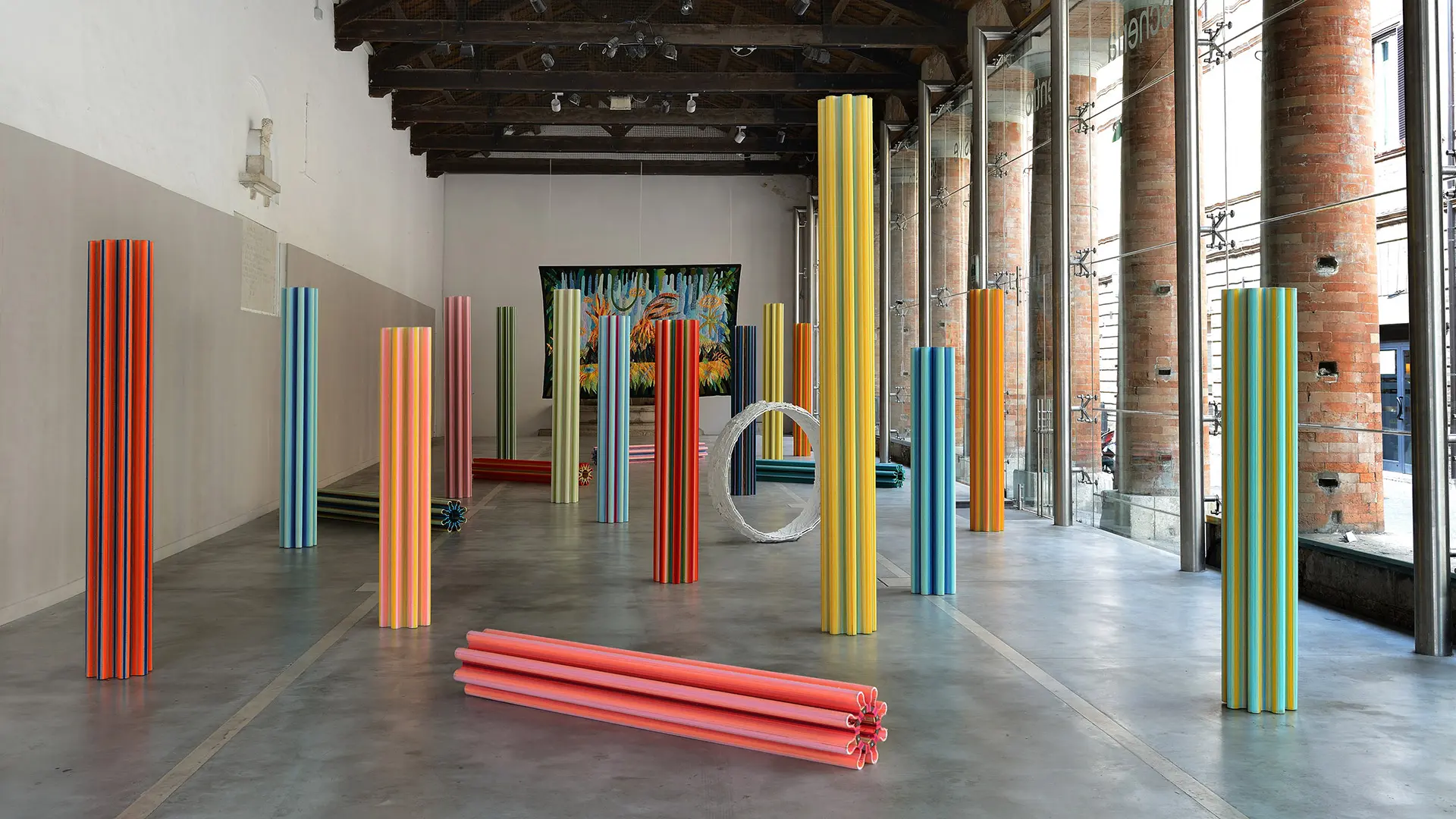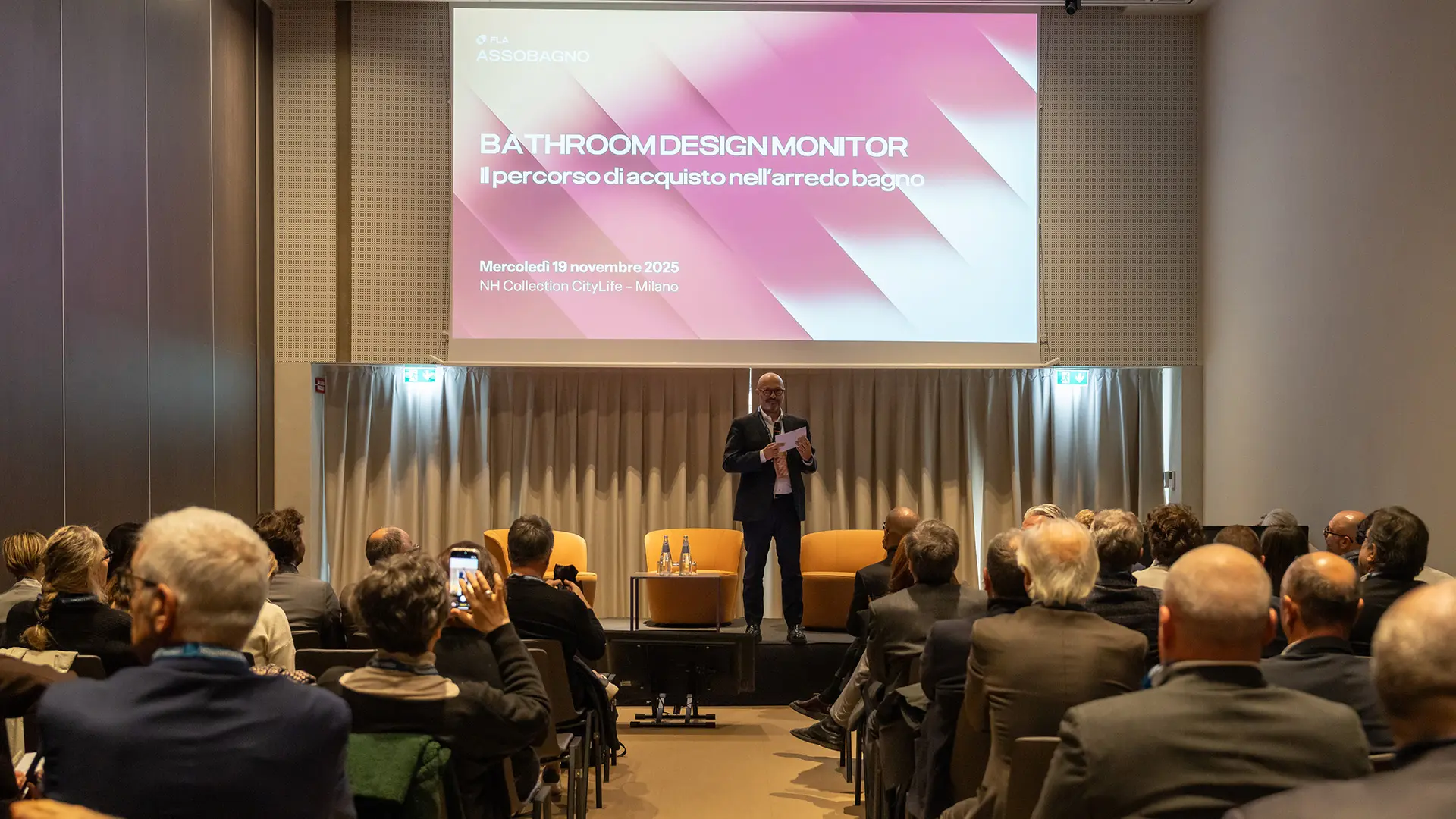They are all Italian and all in some way draw on the theme of memory. This is true even when they deal with current sporting events associated with the imminent inauguration of the Winter Olympics. There are ten of them and for the most part they are held in the most reserved cultural circuits, outside the mainstream. It’s even better when they’re out of town, bringing historic residences to life with gleams and flashes of good design

Visionnaire, residential project by architect Antonio Baroncelli
From fiction to real life, homes are an undisputed economic and social pillar: by 2050, the residential sector is likely to rise 50% and become a strategic driver of employment, investment and quality of urban life
In early 2025, the American film comedy La Dolce Villa, the title of which pays homage to Fellini, yet is light years away from him, had a resounding success. Top of Netflix’s most-watched romcoms, it was released for Valentine’s Day and tells the cliché-ridden story of an American businessman who rushes off to Tuscany to stop his young daughter from restoring a ruined villa in an abandoned village, bought for 1 euro. Aside from the saccharine-sweet and predictable finale, the businessman decides to stay and finish the job himself, having fallen in love with the Val D’Orcia and the beauty of Italy and probably well aware of the excellent investment prospects.
Like many other programmes and broadcasts about buying, building and restyling homes, such as the Italian TV series Casa a Prima Vista, this film provides a snapshot of lively interest and an evolving sector.
According to the 3rd La Casa per la Città del Futuro Report on housing of the future, drawn up by Scenari Immobiliari in partnership with Investire SGR, right now Italy is actually one of the most strategic countries, with Italian homes constituting 10% of the mainland’s real estate value (the total has exceeded 250 trillion euros). An asset value of 6,600 billion euros, about 370 billion euros of GDP, or 17% of the national economy. Francesca Zirnstein, General Manager of Scenari Immobiliari, had this to say: “Our research clearly shows that the residential real estate industry is a complex, dynamic and strategic ecosystem, but a fragile one that must be underpinned by clear rules, institutional vision and stable investments. The time has come to recognise the role that the 370 billion euros of economic production linked to housing really play: it is a pillar of national development.”
The Report, presented at the 33rd Rapallo Forum, forecasts that by 2050, the value of the residential real estate industry could grow to up to 520 billion euros, e.g. +40%, thus contributing to the creation of 18.5% of national GDP, with the number of sectoral workers rising from 2.3 million to 3.05 million (+32.5%). It is an extended supply chain that includes professionals in the field of construction and architecture, real estate agents, property managers, maintenance technicians, artisan companies, designers and professionals in the furniture and design sector, as well as experts in legislation, seismic safety and energy efficiency. Suffice it to say that 65% of Italian residential buildings were built before the introduction of modern standards and a quarter of housing stock dates from prior to the end of the Second World War.
Read also: Branded residences: the market has tripled, so what are the opportunities?
11% of Italian GDP is directly attributable to components of the real estate industry such as services, maintenance, furnishing and management. Thanks to its links with the construction sector, which employs some 750,000 people, housing is a real driver of employment for the country as well as a right. It should be borne in mind that, according to ISTAT data, 50,000 people in Italy are homeless. The non-partisan committee Ma Quale Casa? is promoting a popular initiative bill to introduce the recognition of the right to housing in the Constitution and implement the public policies necessary to protect it. The housing crisis, which exploded during the five-year period 2020–2025, is by no means confined to Italy but concerns Europe as a whole – the public sector has limited resources and often strict regulations, while the private sector is bound by the logic of economic sustainability.
The 3rd La Casa per la Città del Futuro Report concludes that: “A new alliance between the public and private spheres needs to be struck, based on definite rules, long-term vision and effective operational tools. In order for housing to continue to be considered a right for citizens, an opportunity for businesses and a driving force for the economy, a clear regulatory framework must be designed, along with forward-looking planning and effective public policies. Quality of life is a strategic national resource, which affects health, productivity, urban sustainability and the competitiveness of territories.”


 Markets
Markets








